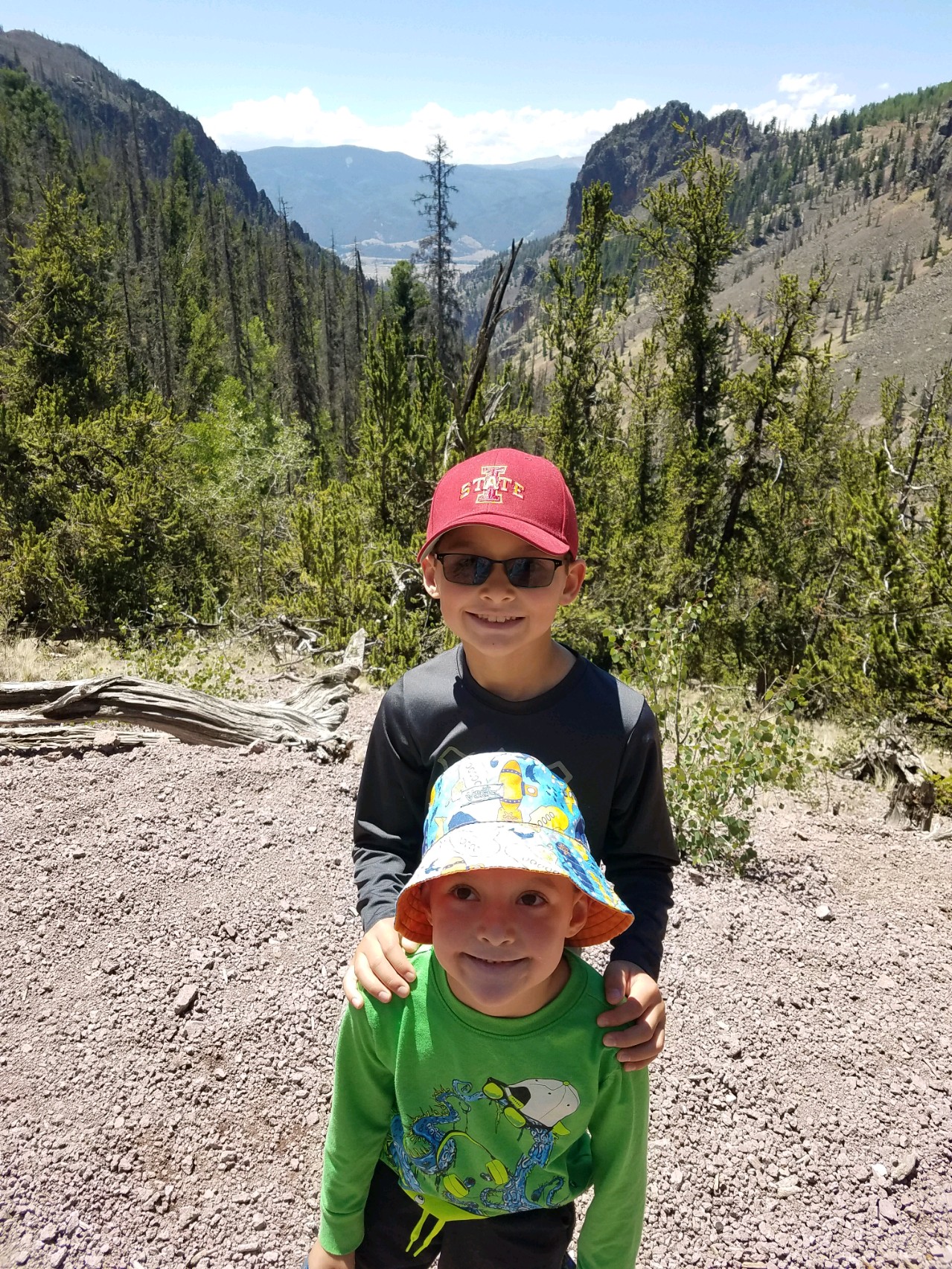Teaching Kids to Stay Safe in the Sun
Primary Care
Alamosa, Colorado.

There are many behaviors we teach our kids to keep them healthy and safe. Teaching children sun safety habits should be one of them. More people are diagnosed with skin cancer each year in the US than all other cancers combined. In the US, more than 9,500 people are diagnosed with skin cancer every day and more than two people die from skin cancer every hour. Just one blistering sunburn in childhood or adolescence more than doubles a person’s chances of developing melanoma later in life.
So how do you teach your kids sun safety habits?
Start early and incorporate it into their everyday routine. Once children are older than 6 months of age, apply a broad-spectrum, water-resistant sunscreen with SPF 30 or higher to all exposed skin at least 20 min before going outside so it has time to take effect. Just as they would get dressed and brush their teeth before leaving the house, have them help you apply sunscreen before going outside to play. Re-apply every 1-2 hours especially if swimming or sweating.
Keep sun-safety items near the front door, in the car, and in your child’s backpack. Look for UV-protective clothing for your children to wear at school while playing sports or outside. Another option is lightweight long-sleeved shirts or pants. Don’t forget a wide brim hat and sunglasses.
Make sun safety fun. Purchase UV color changing beads from a craft supply store. They can make a bracelet or backpack zipper pull to remind them when they are being exposed to UV rays.
Place a dark-colored piece of construction paper on a sunny window sill with a solid object placed in the middle. Have your child look weekly at the construction paper, lifting the object to see how much of the paper exposed to the sun is fading. Explain to your child that just as the sun has changed the paper, the sun also can change and damage their skin.
Decorate wide brim hats with fabric pens, paints, and other items to encourage your child to wear a hat in the sun.
Teach them the shadow rule. During early morning and late afternoon, our shadows are longer. If their shadow is shorter than they are or they have no shadow, then the sun is directly overhead and UV rays are more harmful (usually between 10am-4pm). Short or no shadow means they should seek shade. Take a walk through your neighborhood and have your child point out different places to seek shade.
Teach older kids/teens about the dangers of the sun. There is no such thing as a healthy tan. Any change in your natural skin color after exposure to ultraviolet (UV) light is a sign of potential skin damage. UV radiation is a proven human carcinogen. This includes UV tanning devices. More people develop skin cancer because of indoor tanning than develop lung cancer because of smoking. Women who have ever tanned indoors are six times more likely to be diagnosed with melanoma in their 20s than those who have never tanned indoors. Seventeen states plus the District of Columbia (not Colorado) prohibit people younger than 18 from using indoor tanning devices. Use of a tanning bed before age 35 increases the risk of melanoma by 75%.
Making sun safety a habit early in life will make it easier for kids to continue throughout their lives. Be a role model for your kids. Set a good example by showing them that you value the importance of and practice sun safety as well!
 Dr. Voutsalath's boys wearing hats while outdoors!
Dr. Voutsalath's boys wearing hats while outdoors!